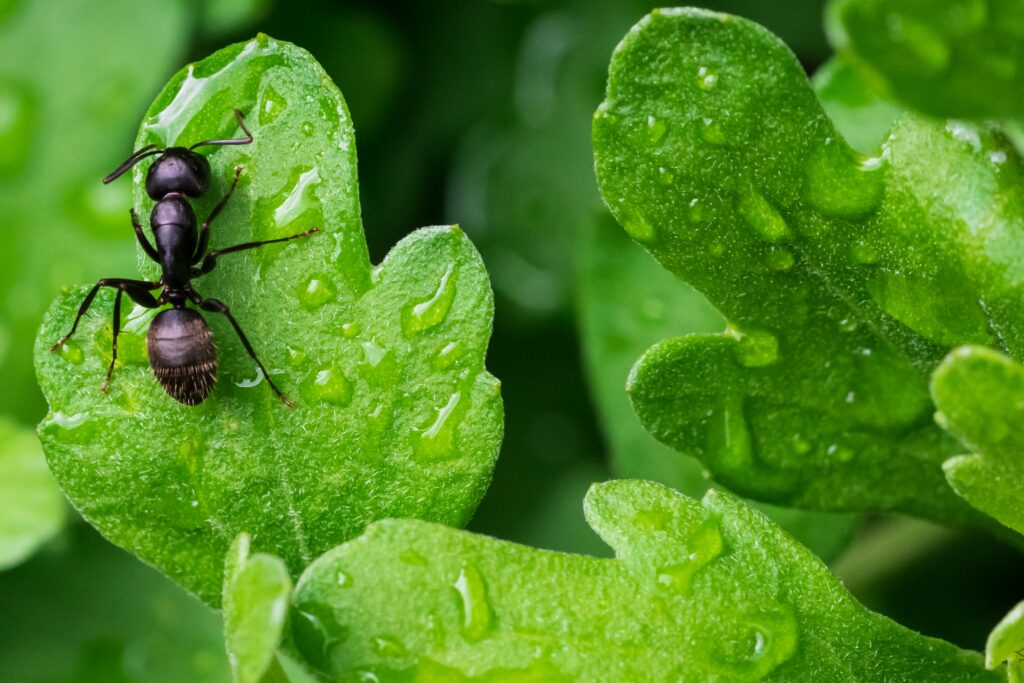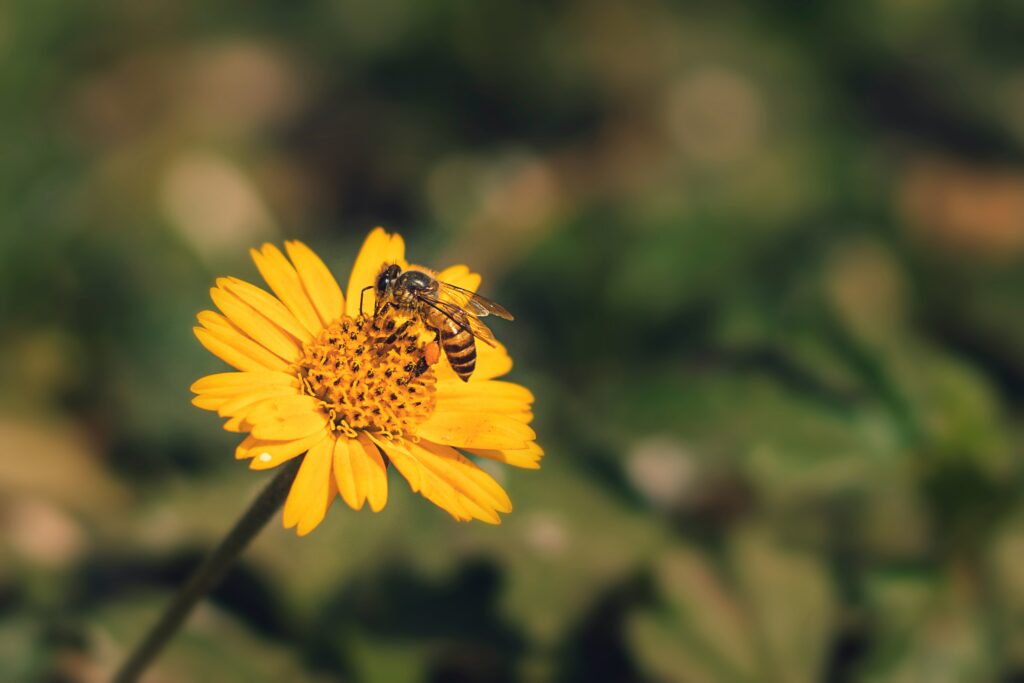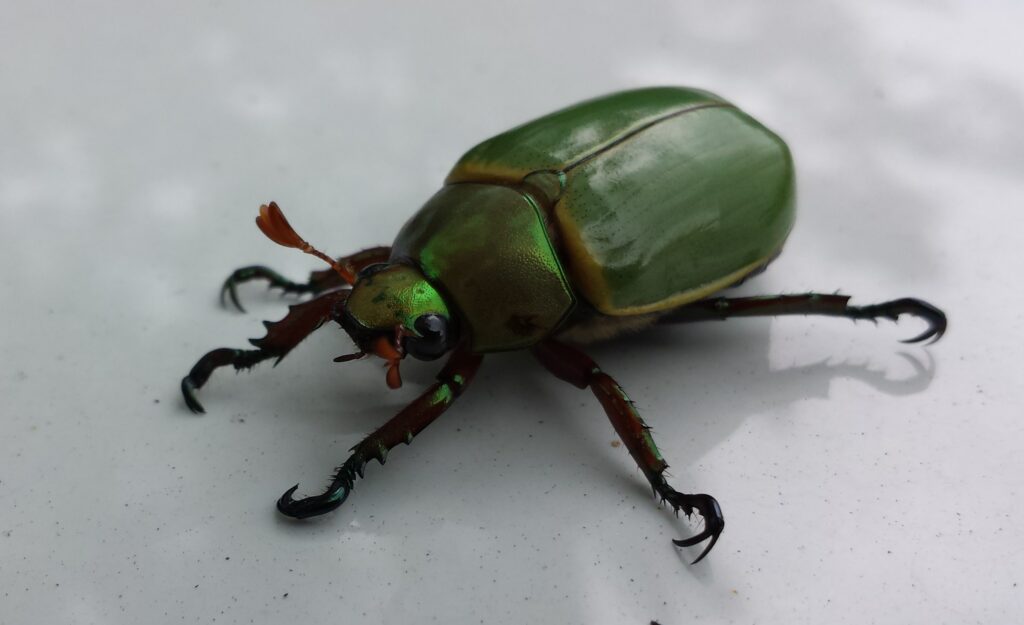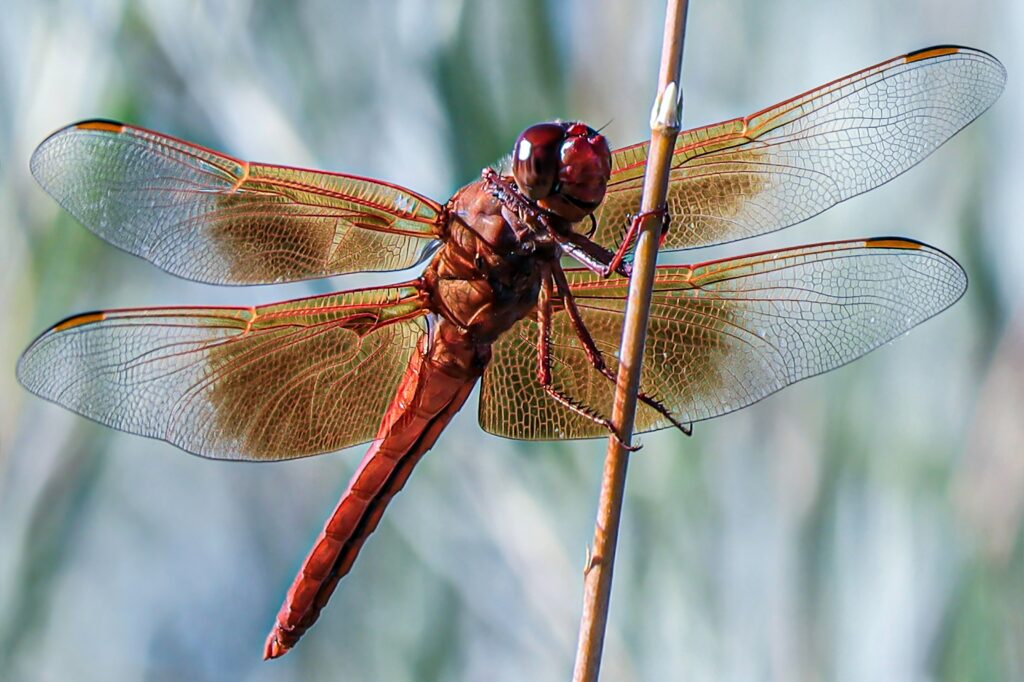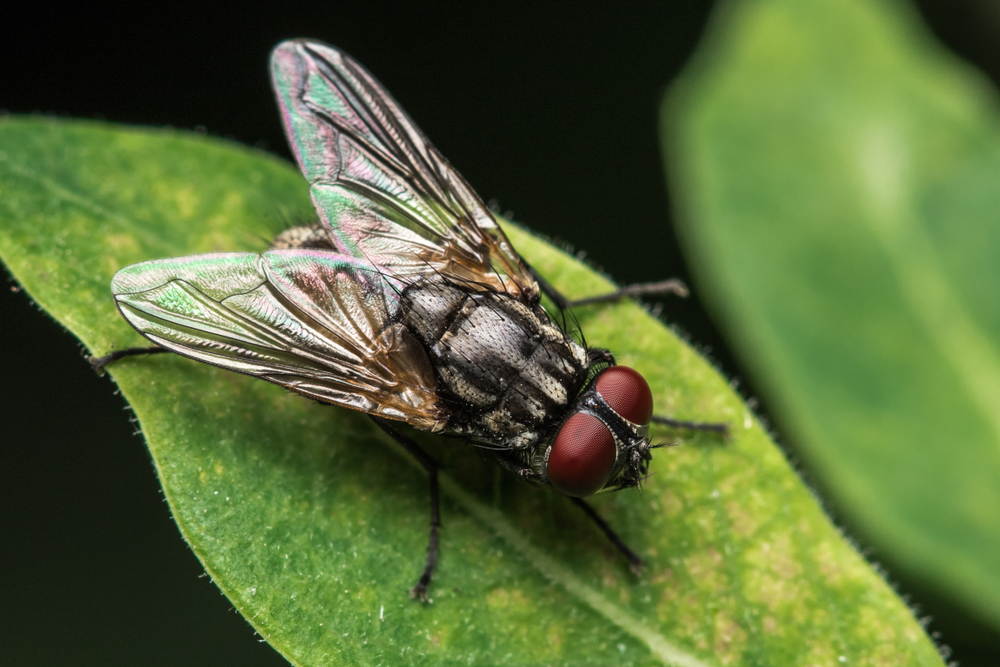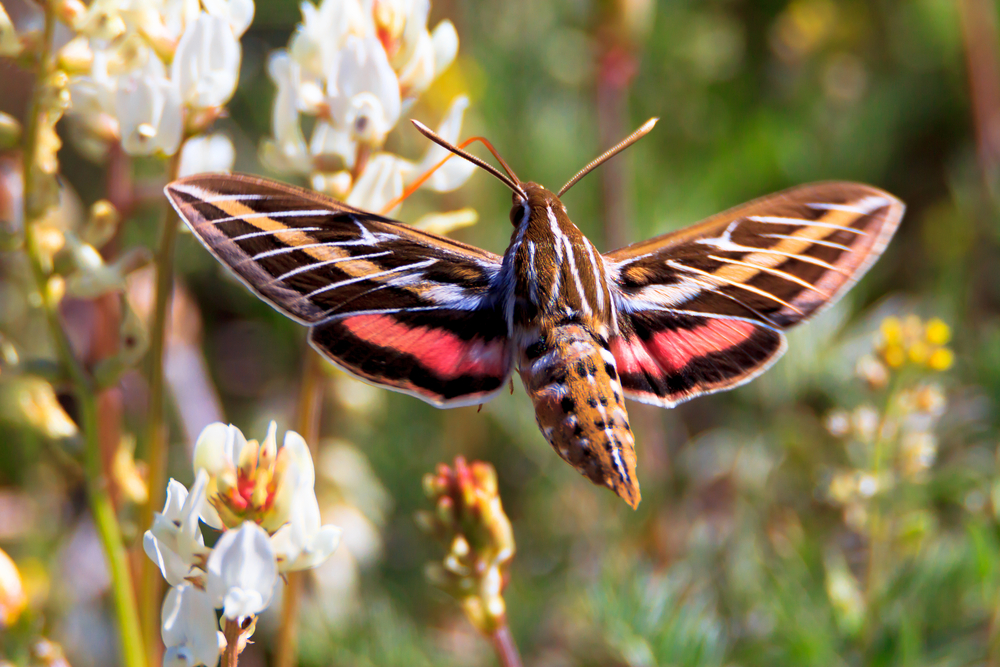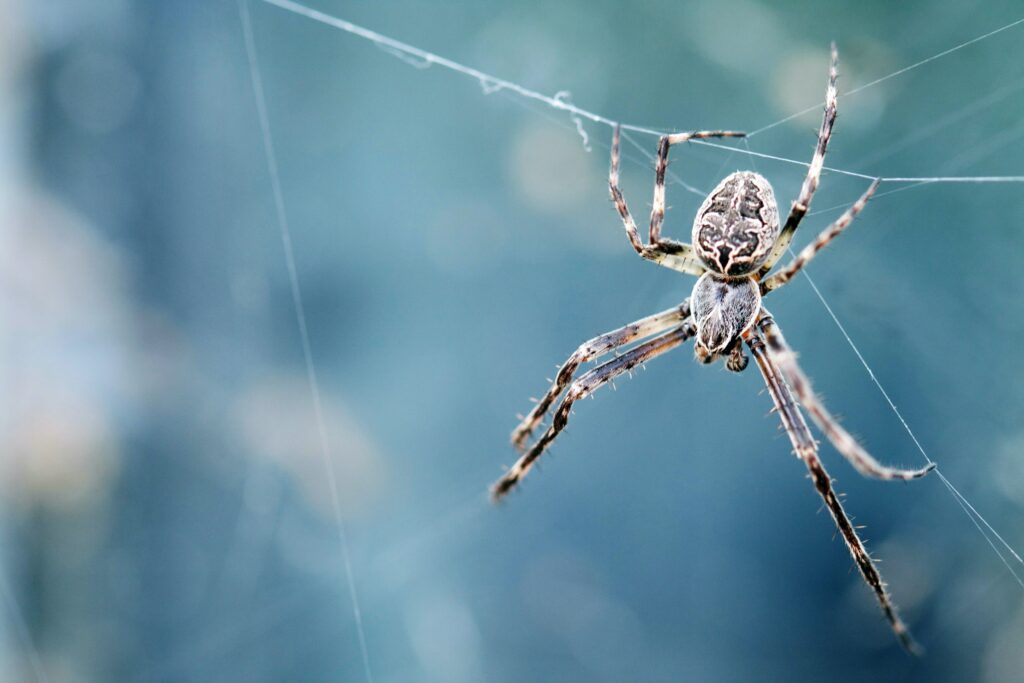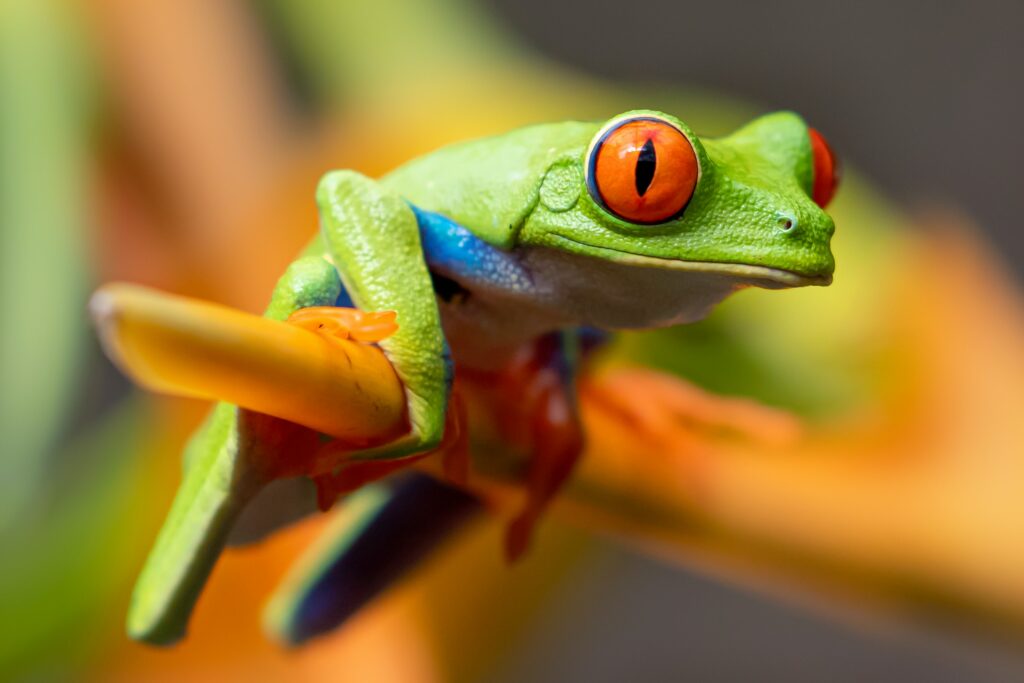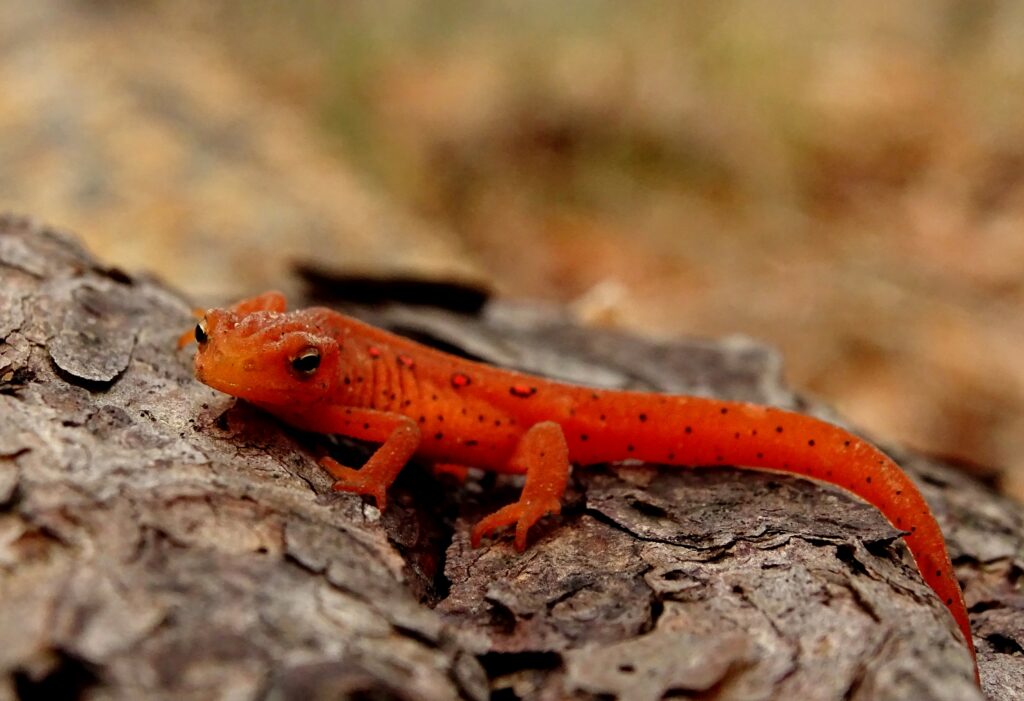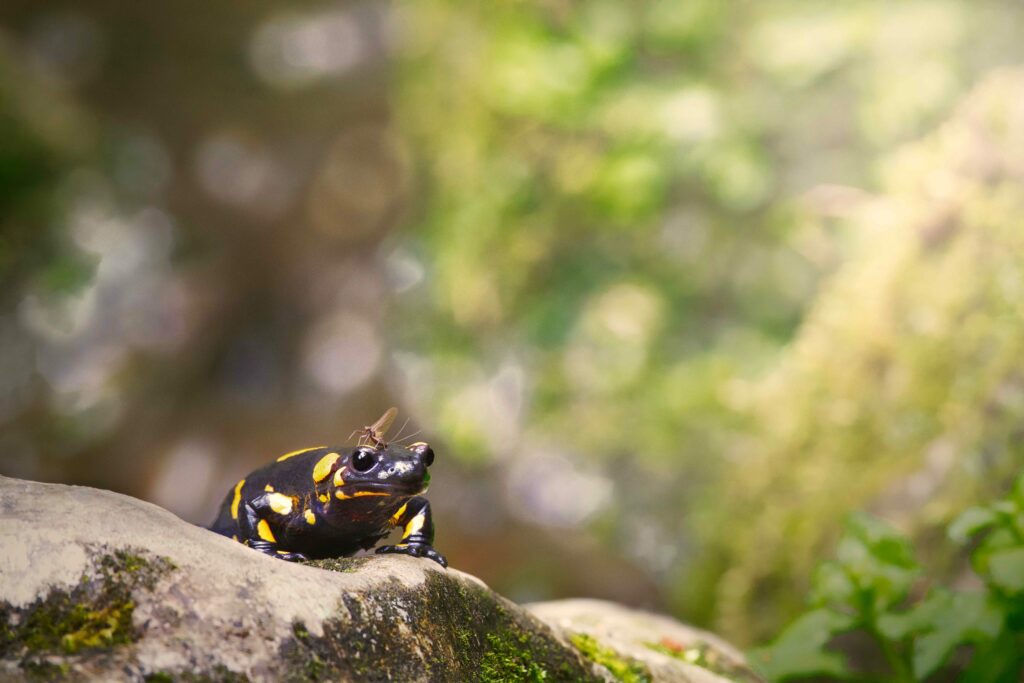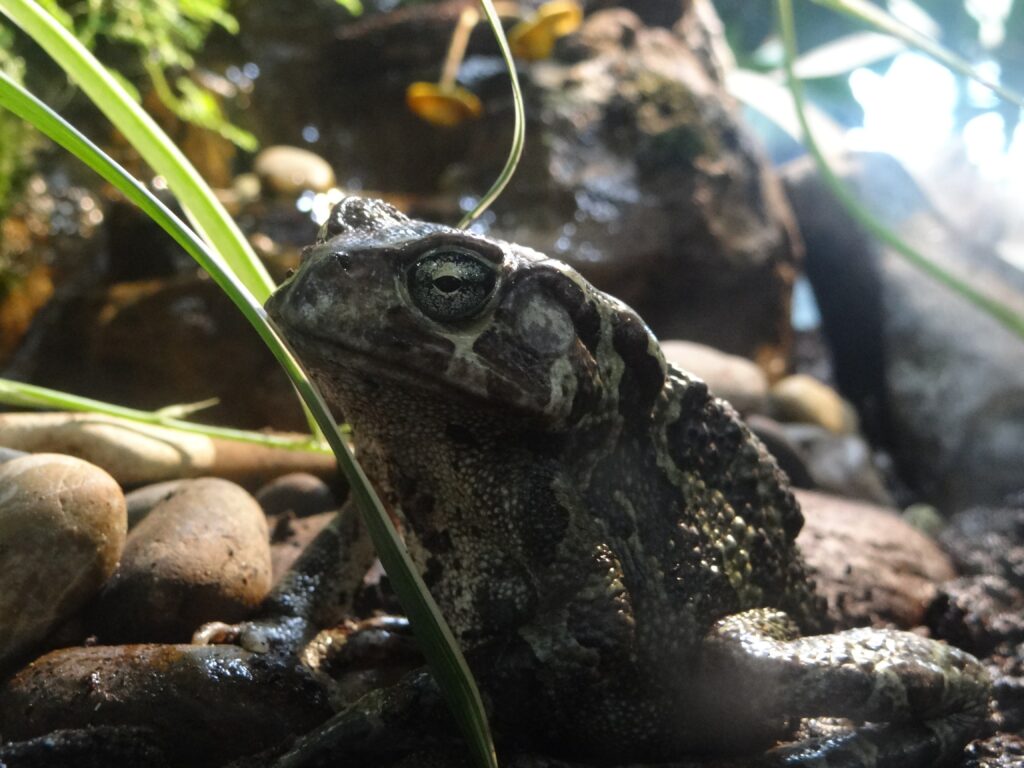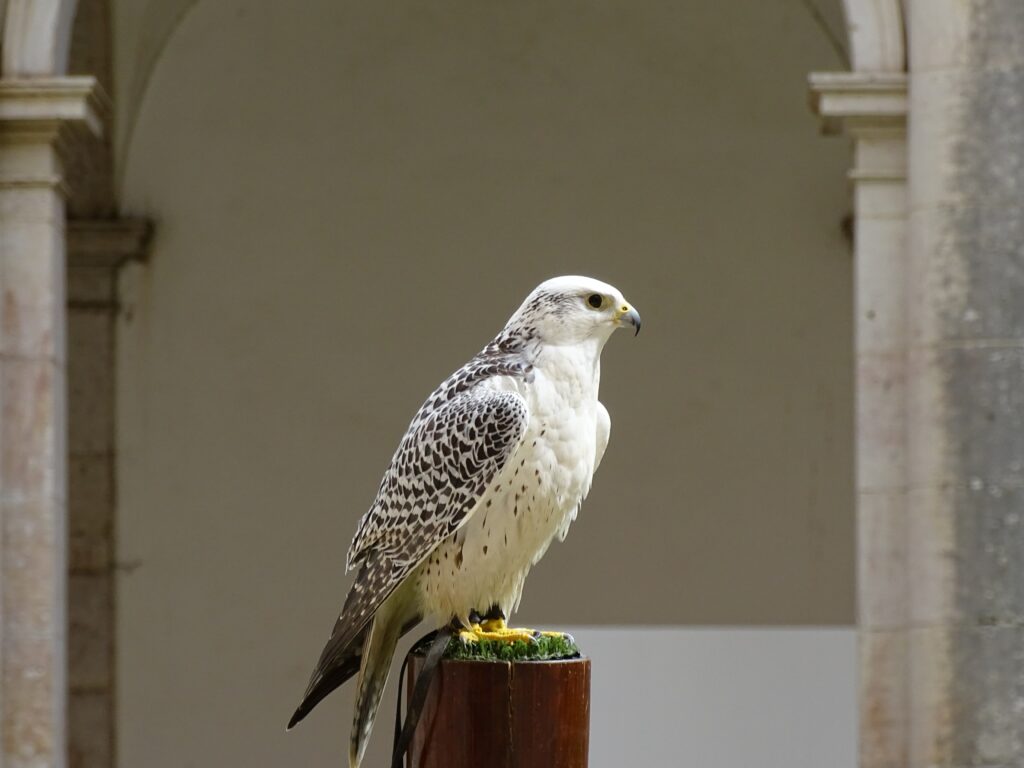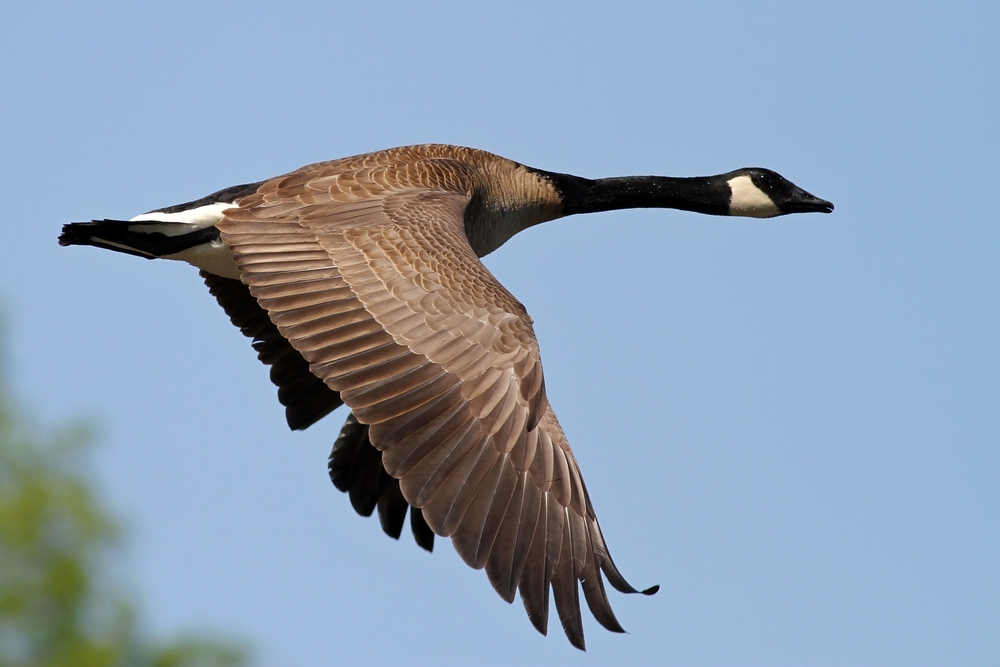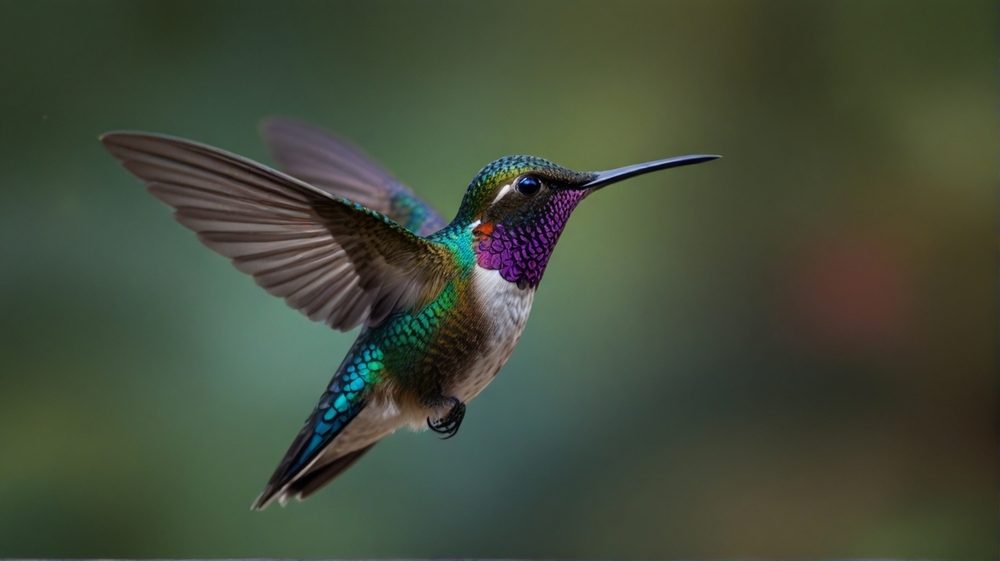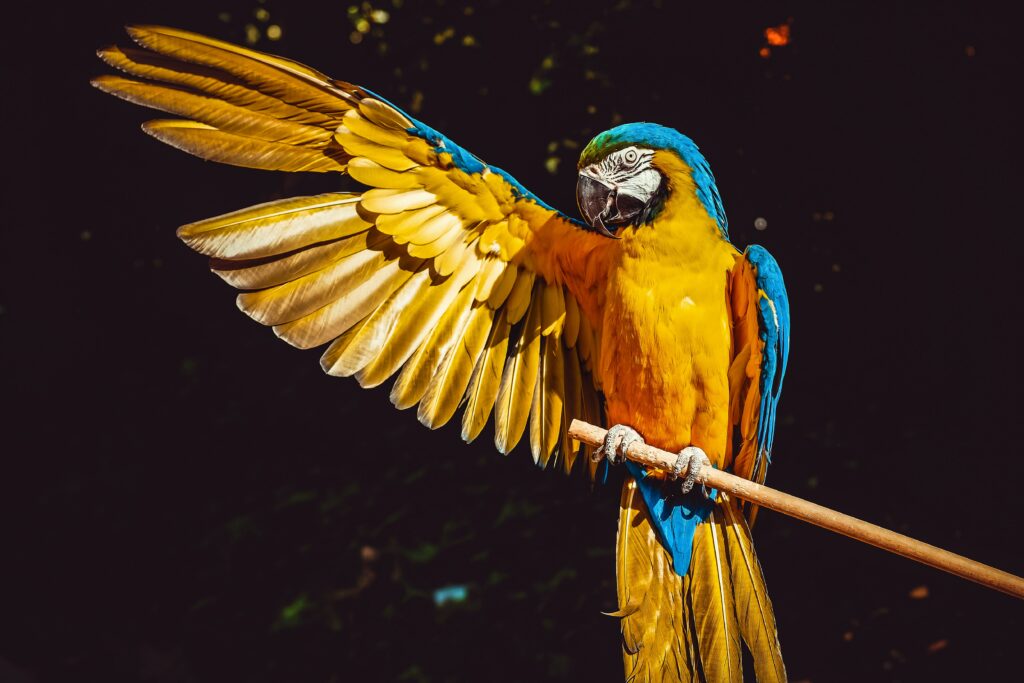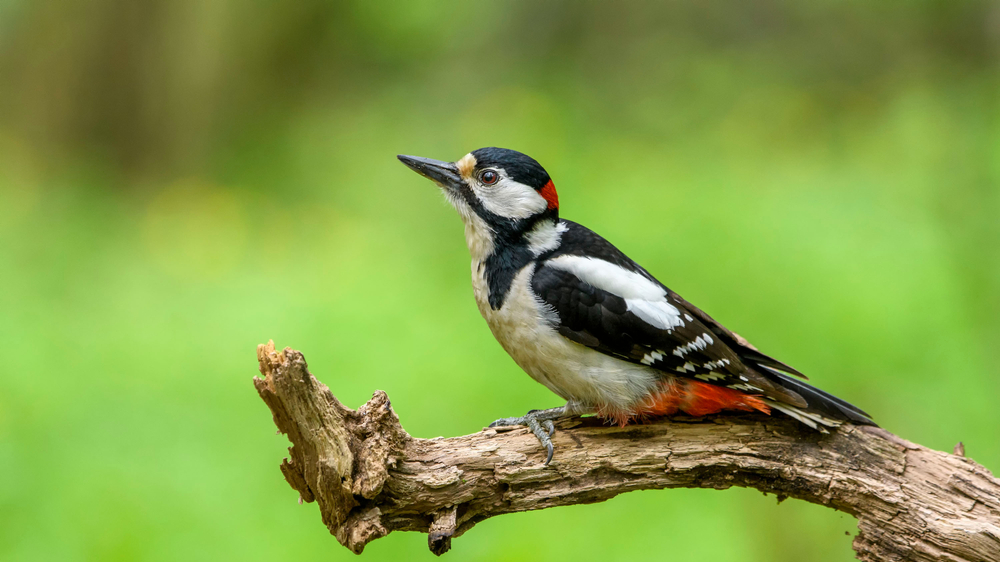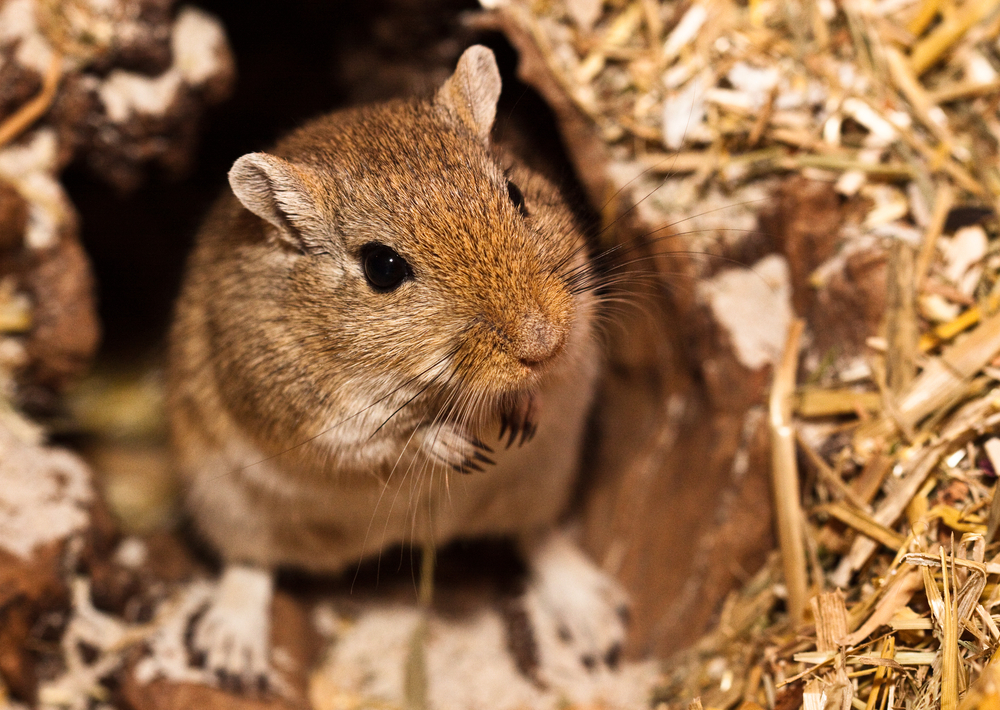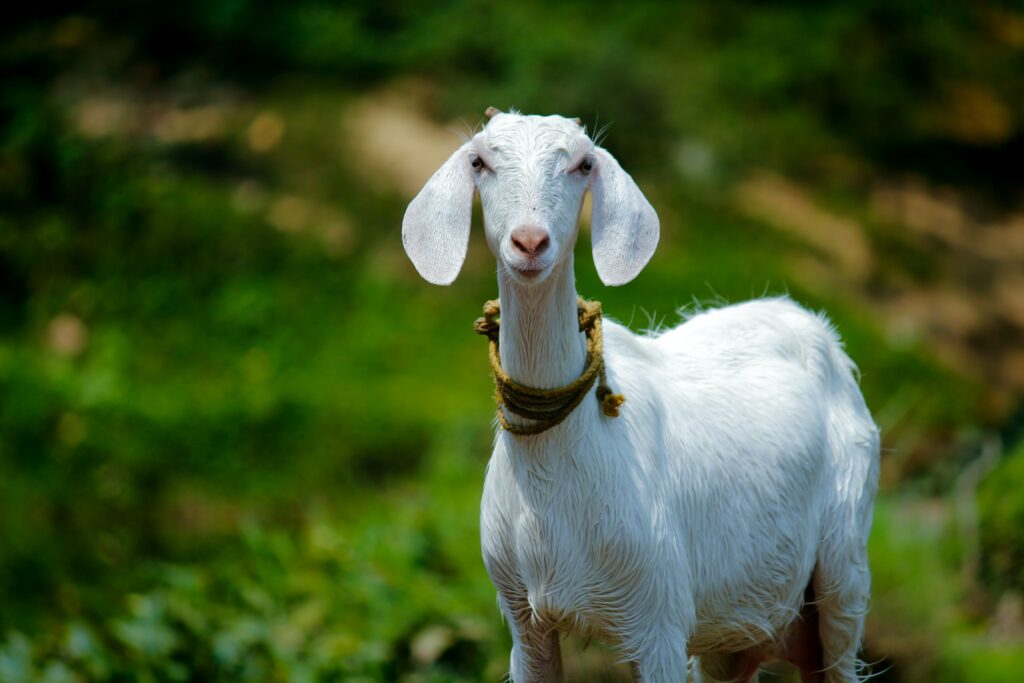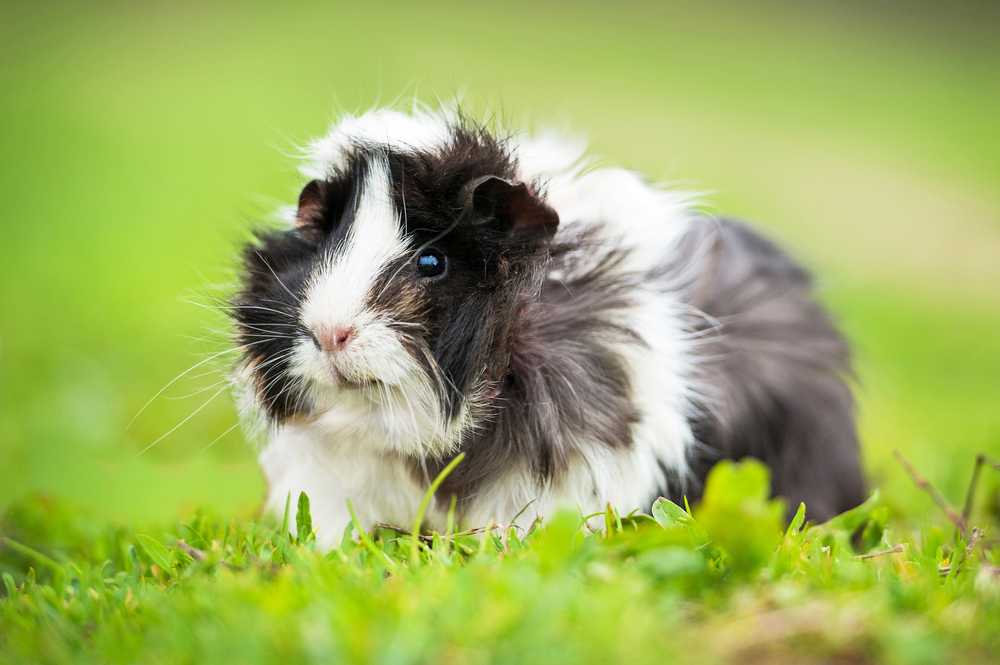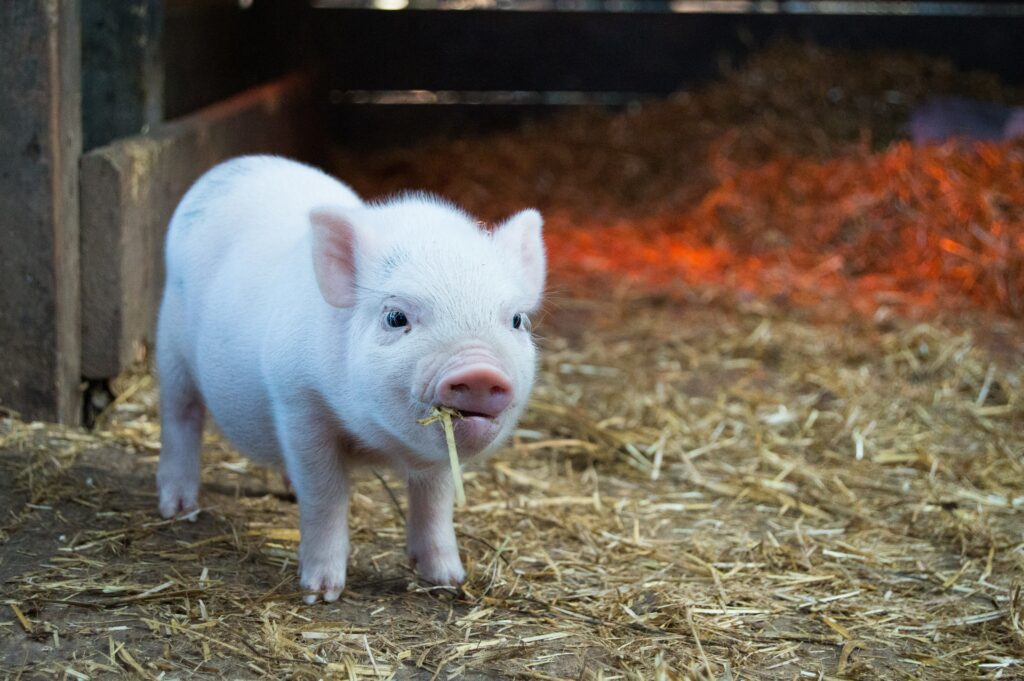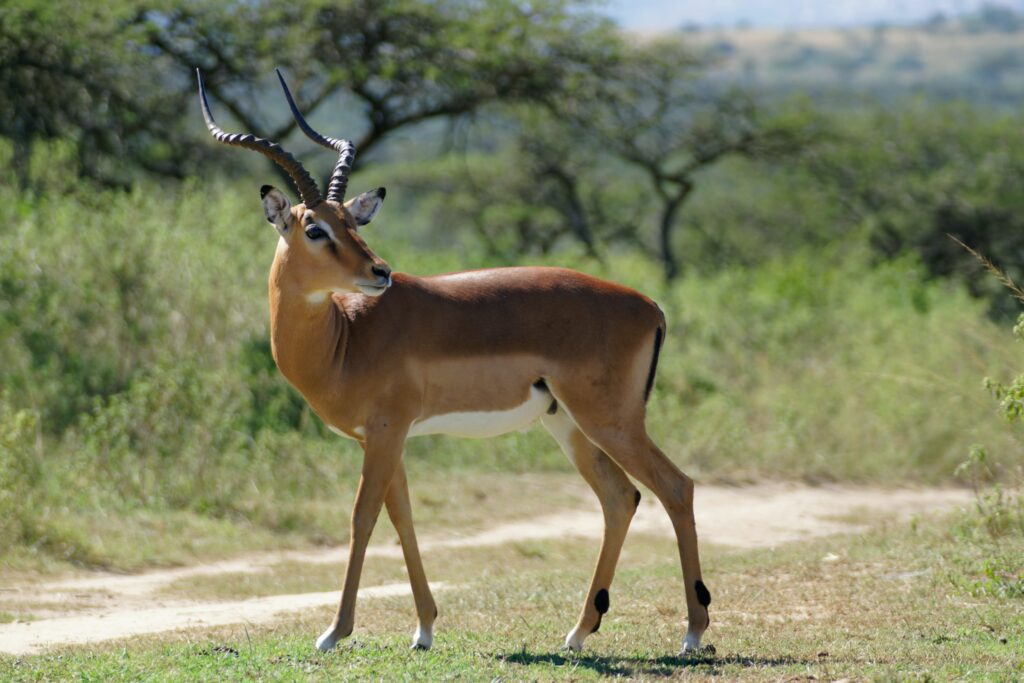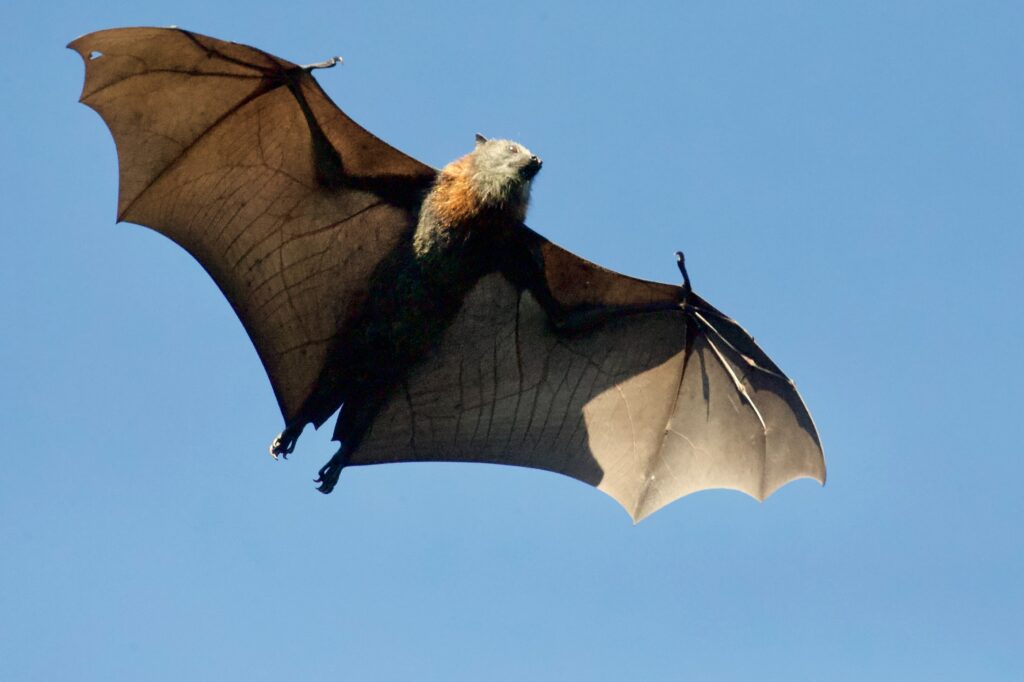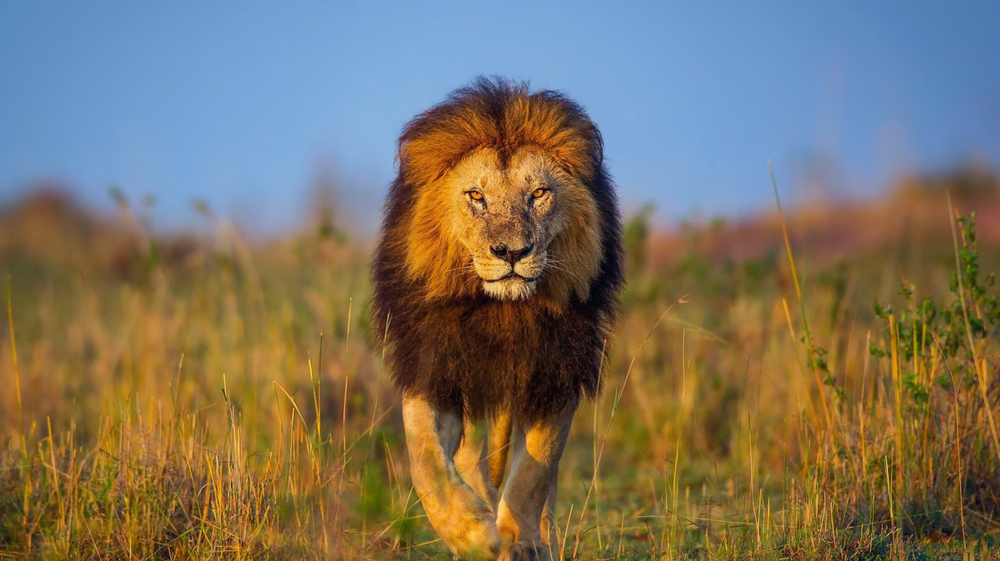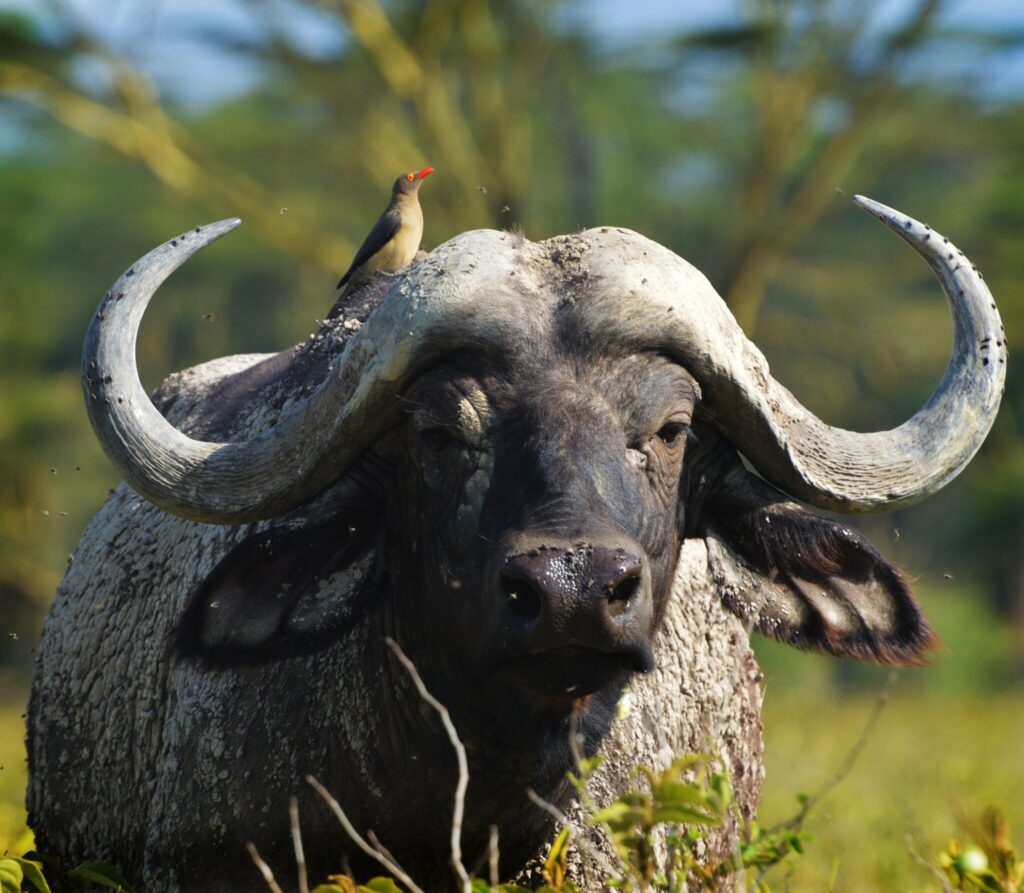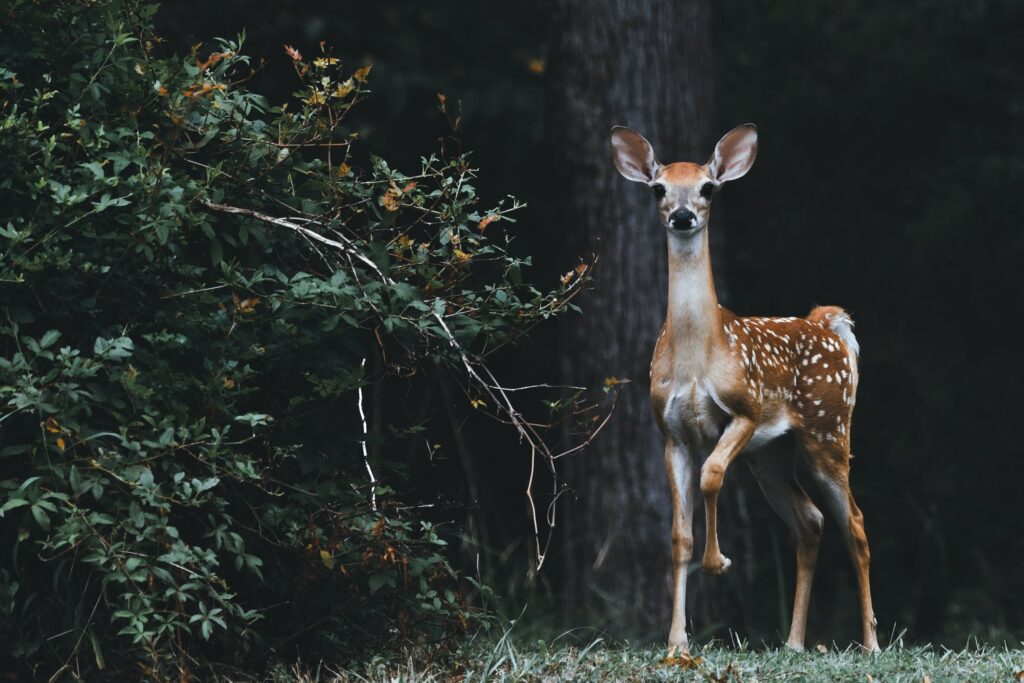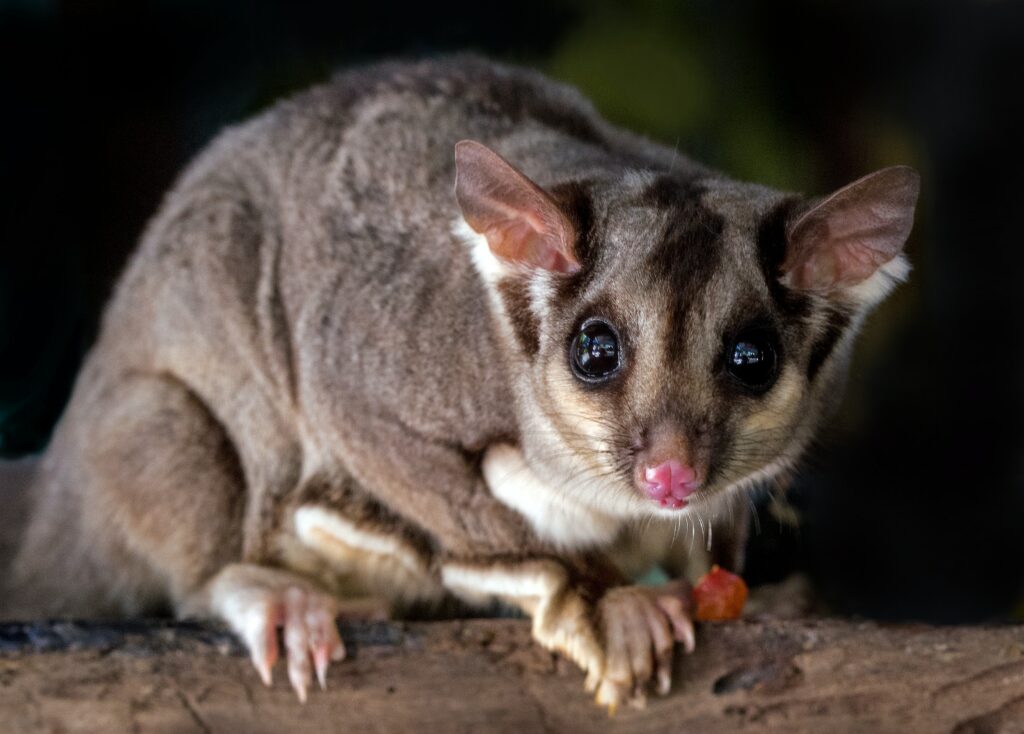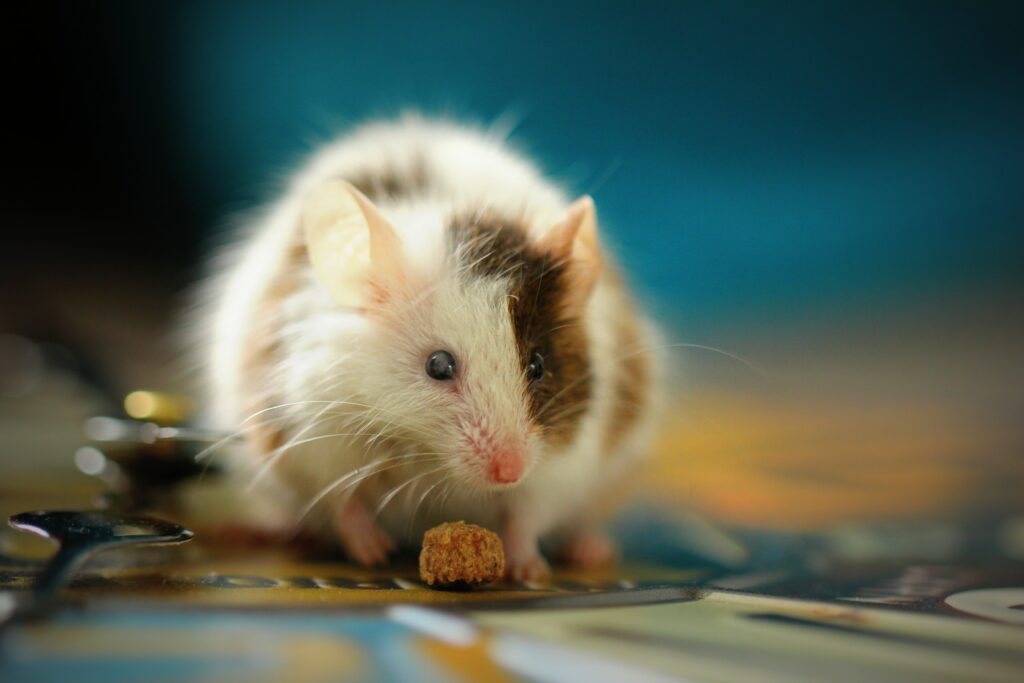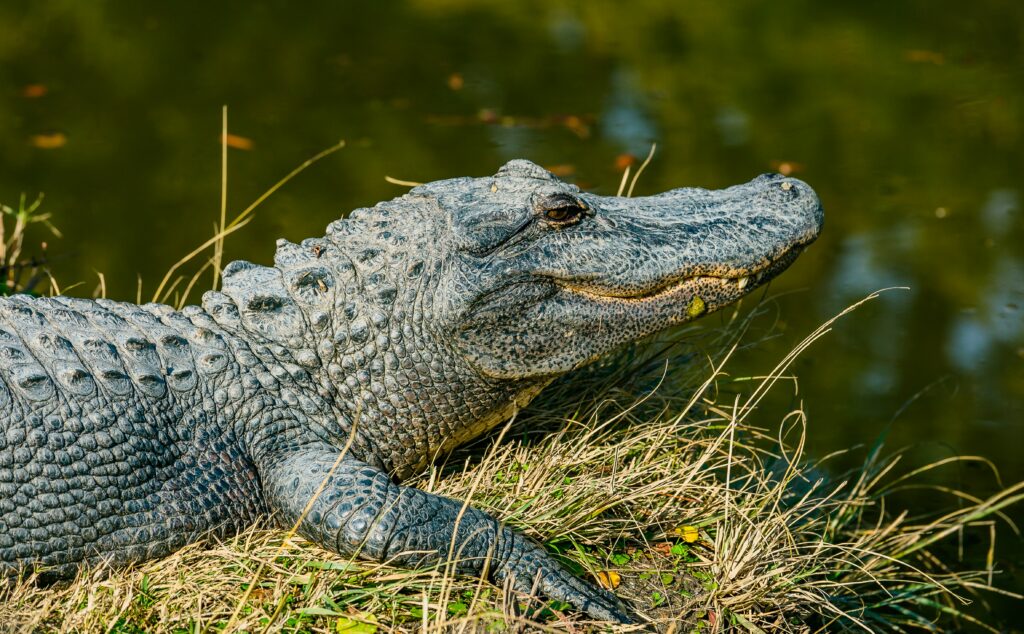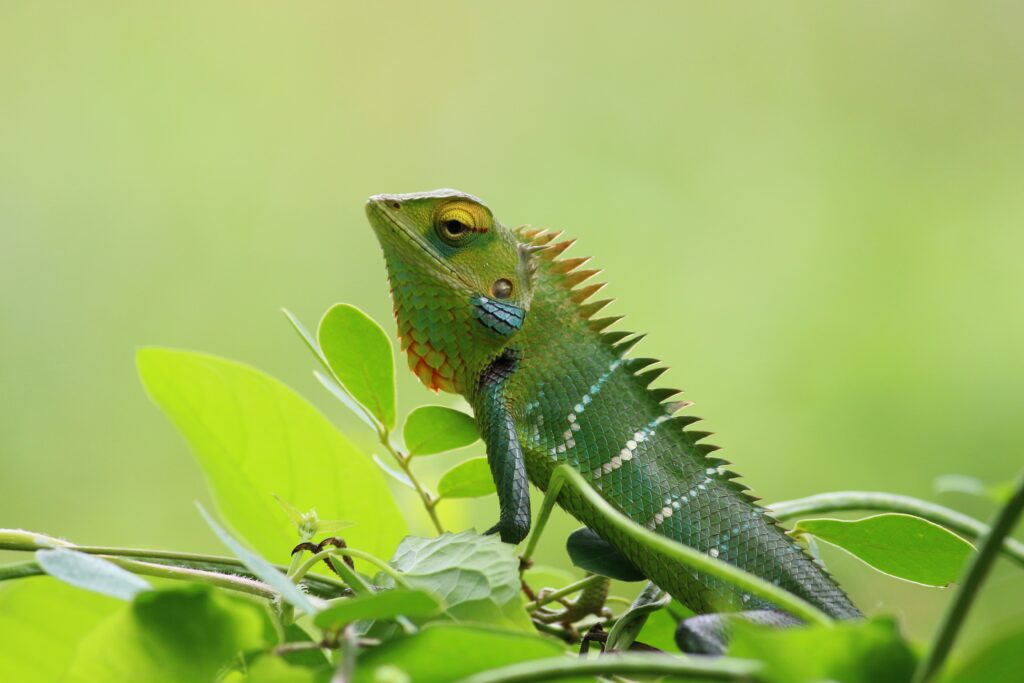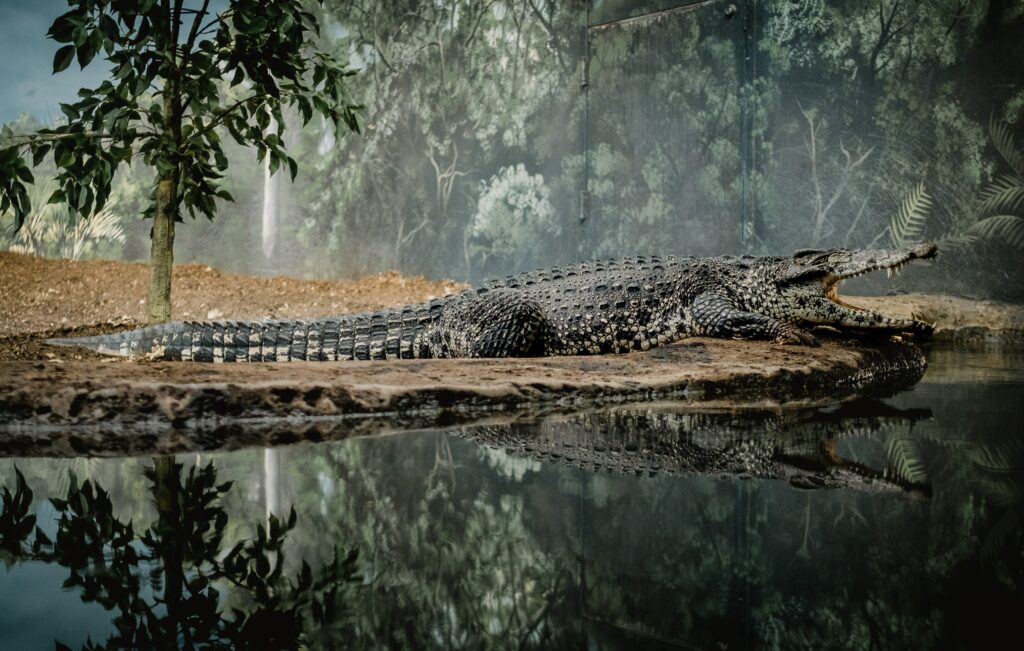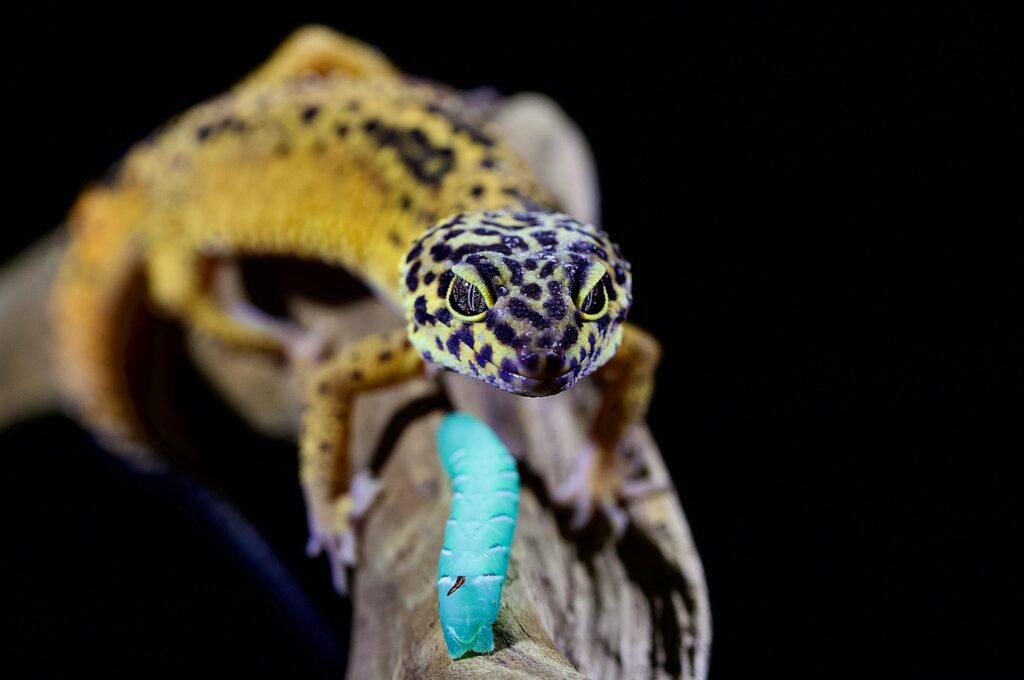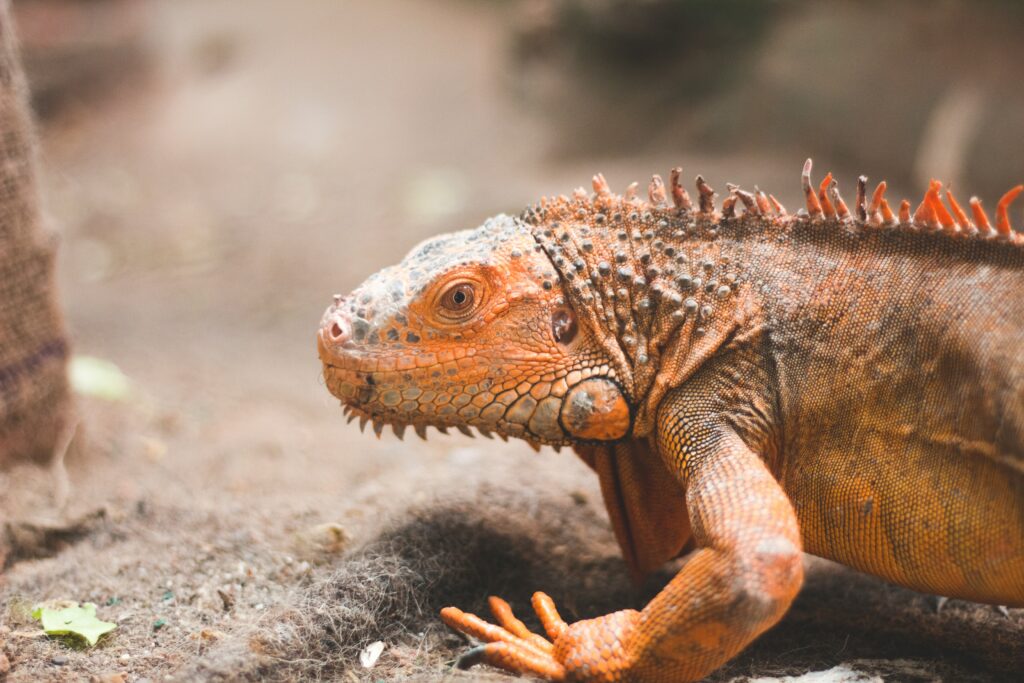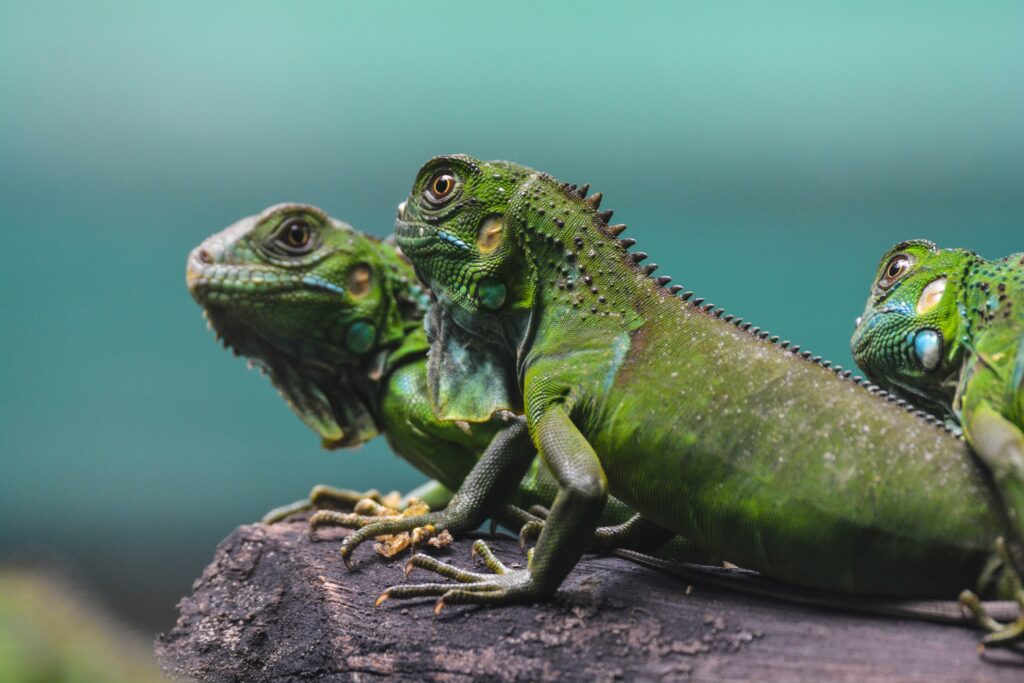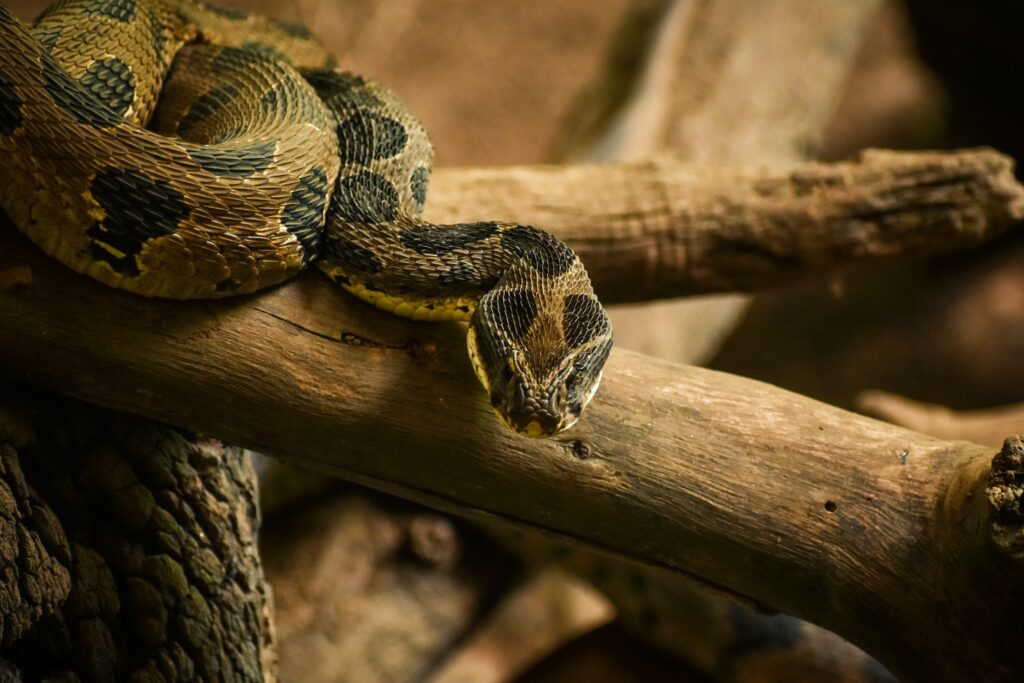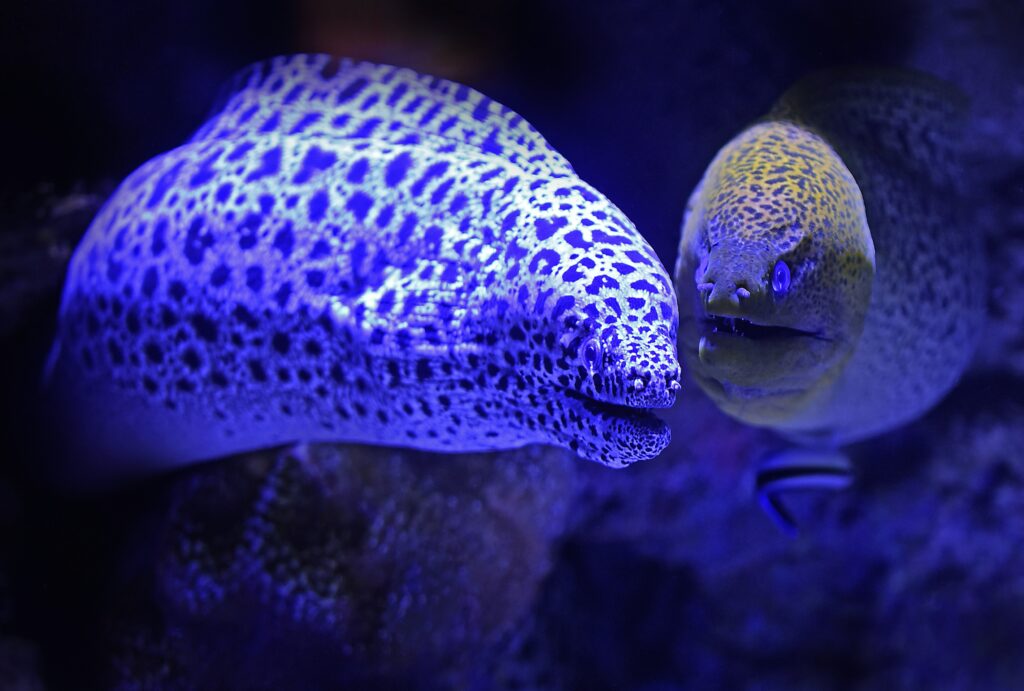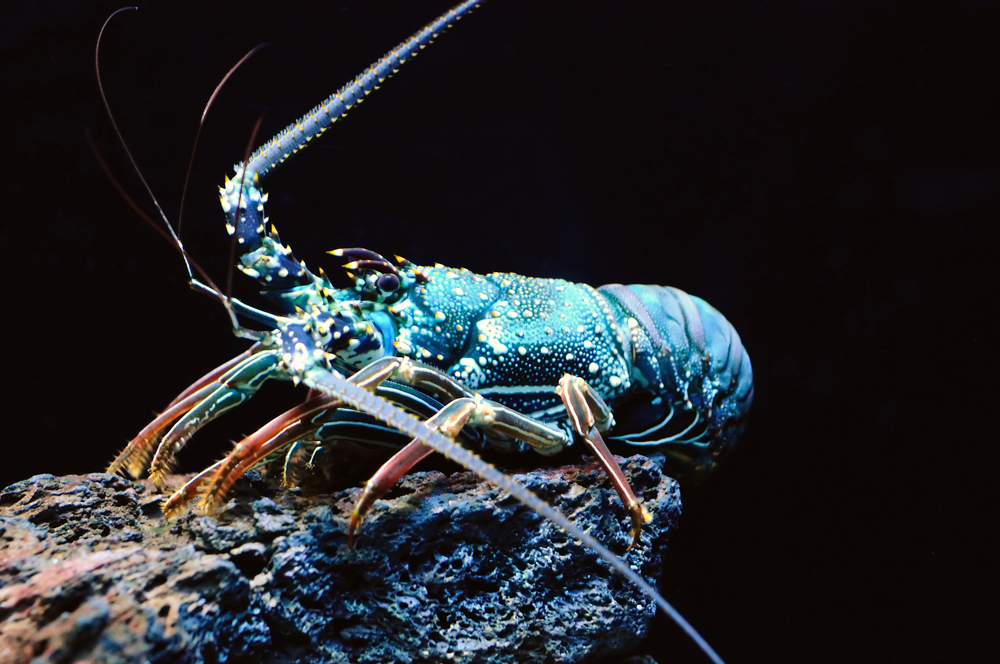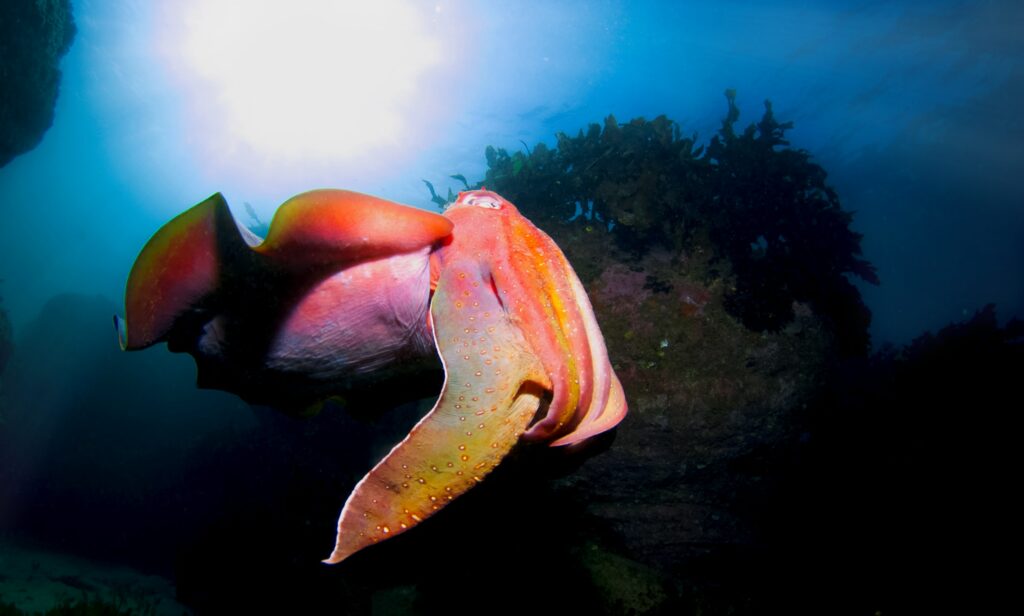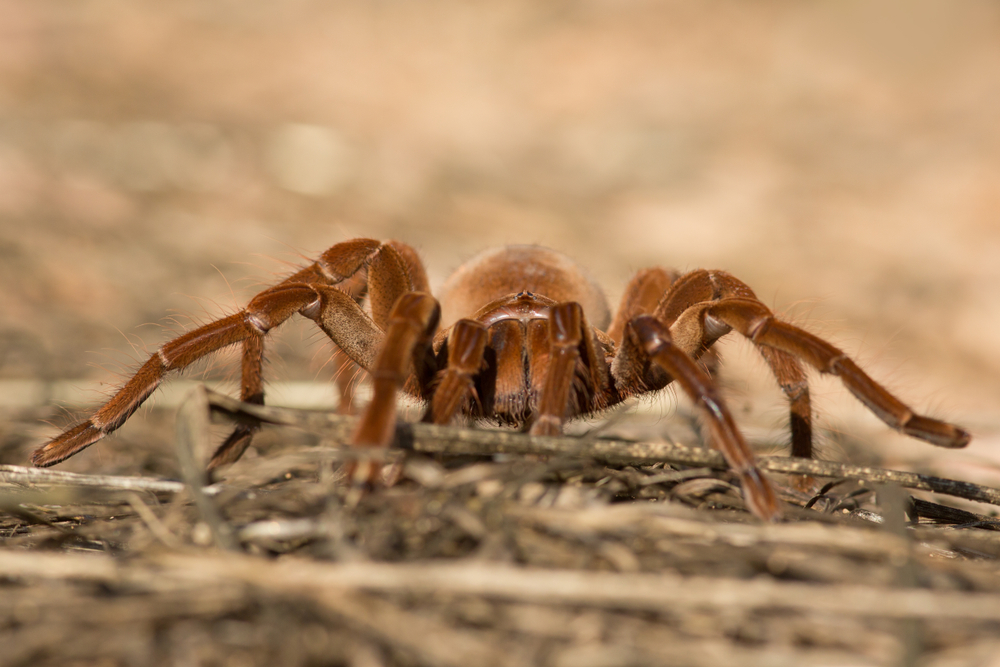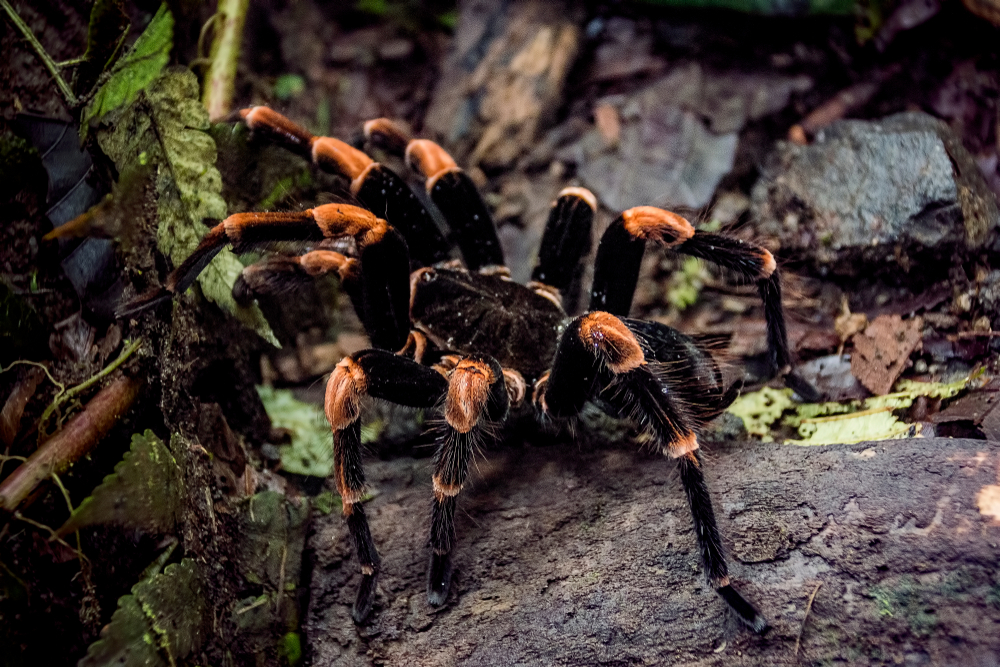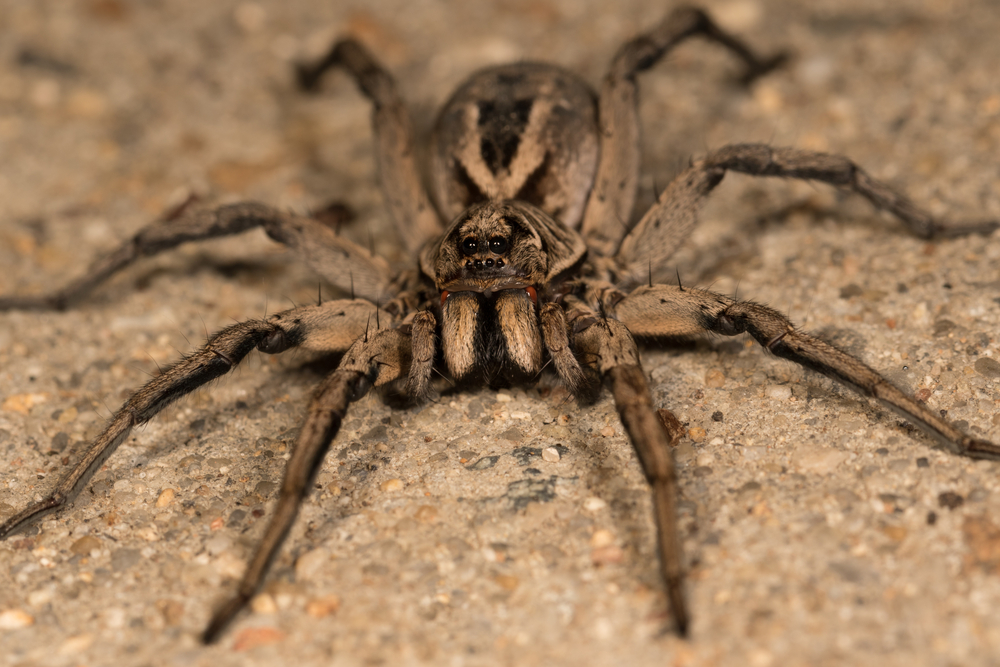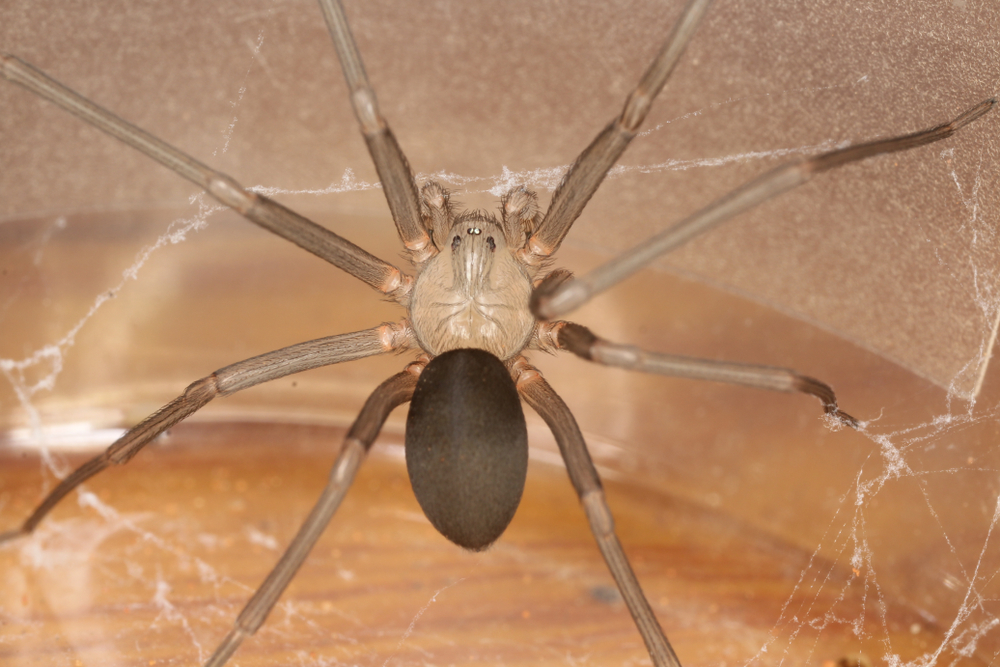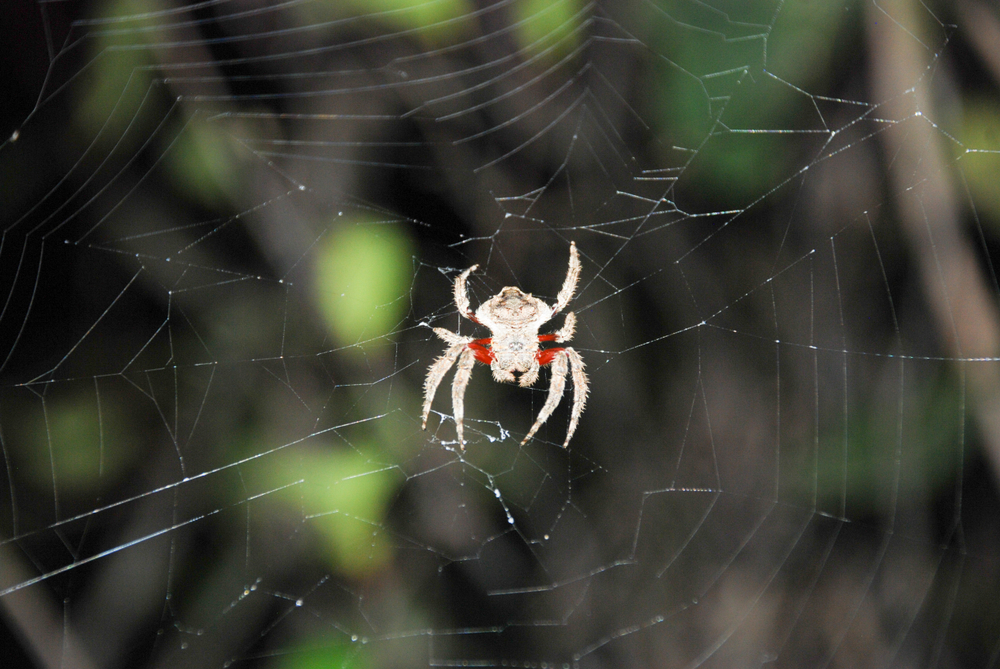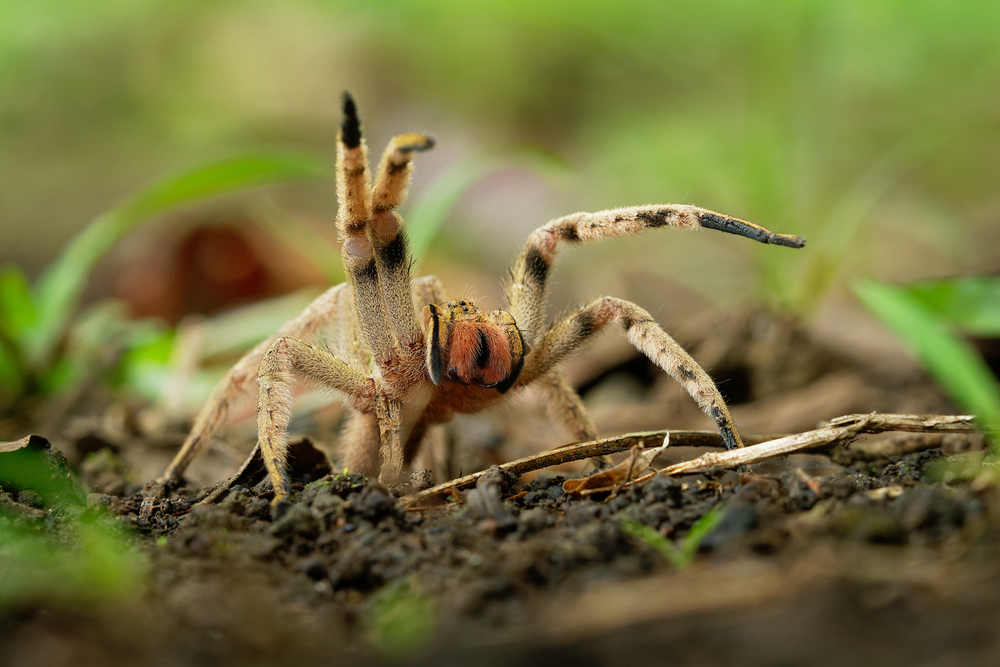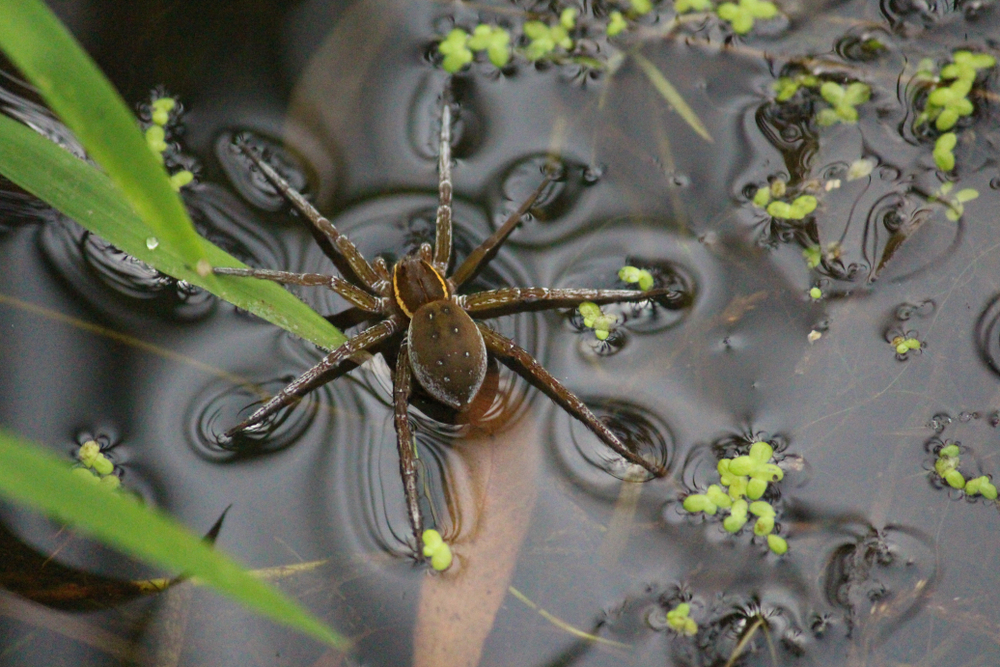The goliath birdeater (Theraphosa blondi) belongs to the Theraphosidae family. Its closest relatives are other Theraphosatarantulas, such as the burgundy goliath (Theraphosa stirmi) and the pinkfoot goliath (Theraphosa apophysis).
About
The Goliath Birdeater Tarantula (Theraphosa blondi) is the world’s largest spider by mass, renowned for its enormous size, defensive behaviors, and formidable hunting skills. It belongs to the family Theraphosidae, which includes the world’s tarantulas. Native to the rainforests of northern South America—particularly in Guyana, Suriname, French Guiana, and northern Brazil—this species inhabits deep burrows in the forest floor.
True to its name, the Goliath birdeater can reach a leg span of up to 12 inches (30 cm) and weigh over 6 ounces (170 g). Its body is heavily built, covered in dense brown hairs, and supported by thick legs armed with claws and bristles. Despite the dramatic name, these tarantulas rarely prey on birds; instead, they feed on insects, worms, frogs, lizards, and occasionally small mammals. Their hunting style relies on ambush, seizing prey with powerful fangs that inject venom and digestive enzymes.
Defensively, the Goliath birdeater is well equipped. When threatened, it may produce a loud hissing sound by rubbing its legs (a behavior called stridulation). It can also flick urticating hairs from its abdomen, which irritate the skin and mucous membranes of potential predators. Though intimidating, its venom is not deadly to humans, with symptoms usually limited to localized pain and swelling.
Reproduction occurs when males cautiously approach females for mating. Females can live up to 20 years, while males typically survive only 3–6 years. Egg sacs may contain 50–200 spiderlings, which disperse after hatching.
As one of the most iconic arachnids on Earth, the Goliath birdeater has captured both fear and fascination. Its impressive size, behaviors, and role as a top invertebrate predator highlight the extraordinary biodiversity of South America’s rainforests.
Physical Characteristics
The goliath birdeater (Theraphosa blondi) is the largest tarantula in the world by mass, an impressive spider of South American rainforests.
Body:
It has a massive, hairy body with a broad cephalothorax and rounded abdomen. The body is robust and heavily muscled, built for power rather than speed.
Coloration:
Their coloration ranges from dark brown to reddish-brown, sometimes with golden or tan hairs on the legs and abdomen. This earthy coloring provides camouflage against the forest floor.
Legs:
They have eight thick, hairy legs that can span up to 11 in (28 cm). The legs are equipped with small claws and dense hairlike structures (setae) that provide traction and sensory input.
Fangs:
Goliath birdeaters have large, powerful fangs that can reach up to 1 in (2.5 cm) long, capable of piercing through skin and delivering venom.
Eyes:
They possess eight small eyes, clustered in the center of the cephalothorax. Despite this, their vision is poor, and they rely heavily on vibrations and hairs for detecting prey and predators.
Size:
The body length alone can reach 4.7–5.1 in (12–13 cm), making it the heaviest spider in the world.
Weight:
They weigh up to 6 oz (170 g), about the size of a small puppy in mass.
The goliath birdeater’s immense size, hairy body, and enormous fangs make it one of the most formidable and iconic spiders on Earth.
Reproduction
The goliath birdeater follows the reproductive cycle typical of large tarantulas, with distinct courtship and strong maternal investment.
Mating and Courtship:
Males reach maturity at 3–6 years of age, while females may take longer. When seeking a mate, males cautiously approach females, tapping their legs and palps on the ground to signal courtship. This careful approach helps prevent the female from attacking, as she may mistake him for prey.
Copulation:
The male uses specialized pedipalps to transfer sperm into the female’s reproductive opening. After mating, males often attempt to escape quickly, as females may cannibalize them, though this does not always occur.
Egg Sac Production:
Several weeks after mating, the female spins a large silk egg sac, which can contain 50–200 eggs. She guards and turns the sac regularly to ensure proper development and protection.
Hatching and Spiderlings:
Eggs hatch after 6–8 weeks, producing spiderlings that remain in the sac for several days before dispersing. The young stay close to the burrow initially, feeding on small insects, before venturing farther as they grow.
Maturity:
Females live much longer than males, reaching sexual maturity slowly and continuing to reproduce for decades, while males typically die within a year of mating.
The goliath birdeater’s reproductive cycle—marked by cautious courtship, guarded egg sacs, and long-lived females—ensures the survival of this giant rainforest tarantula.
Lifespan
The goliath birdeater is a long-lived tarantula, with a clear difference in lifespan between males and females.
Lifespan in the Wild:
Females can live 15–20 years, sometimes longer under ideal conditions. Males, however, live only 3–6 years, usually dying within a year of reaching maturity after mating.
Lifespan in Captivity:
In captivity, with consistent food and protection from predators, females may live over 20 years. Males still have much shorter lifespans, even when not exposed to natural dangers.
Threats to Longevity:
Predation by wasps, snakes, and mammals, as well as human collection, can shorten survival. Habitat loss in South American rainforests also poses long-term threats.
The goliath birdeater’s remarkable longevity—especially in females—contrasts with the brief life of males, reflecting the heavy reproductive investment and survival strategy of this giant tarantula.
Eating Habits
The goliath birdeater is a formidable nocturnal hunter, feeding on a wide variety of prey on the rainforest floor.
Diet:
Despite its name, it rarely eats birds. Its diet mainly consists of insects, worms, amphibians, lizards, and small rodents. Occasionally, it may take small snakes or hatchling birds if available.
Feeding Behavior:
The spider relies on ambush hunting. It waits near the entrance of its burrow or along forest trails, using vibration-sensitive hairs to detect passing prey.
Hunting Method:
When prey is detected, the birdeater lunges, seizing it with its strong legs and piercing it with fangs up to 1 in (2.5 cm) long. It injects venom to immobilize the prey and digestive enzymes to liquefy tissues.
Consumption:
Like all tarantulas, it cannot chew solid food. Instead, it sucks up the liquefied contents of its prey after externally digesting them.
Role in the Ecosystem:
As a top invertebrate predator, it helps regulate populations of insects and small vertebrates in its rainforest habitat.
The goliath birdeater’s ambush tactics, immense size, and ability to overpower prey far larger than most spiders make it one of the most impressive arachnid hunters in the world.
Uniqueness
The goliath birdeater is extraordinary among spiders, combining immense size with remarkable survival traits.
World’s Largest Spider:
It is the heaviest spider on Earth, with a leg span of up to 11 in (28 cm) and a weight of 6 oz (170 g).
Massive Fangs:
Its fangs can reach 1 in (2.5 cm) long, capable of piercing skin and delivering venom, though it is generally not dangerous to humans.
Urticating Hairs:
When threatened, it rubs its abdomen with its legs, releasing barbed, irritating hairs as a defensive mechanism against predators.
Audible Threat Display:
It can produce a hissing sound, known as stridulation, by rubbing its legs together—a rare defensive behavior in spiders.
Long-Lived Females:
Females can live up to 20 years, a remarkable lifespan for an invertebrate, while males live much shorter lives.
The goliath birdeater’s unmatched size, powerful defenses, and longevity make it one of the most unique and awe-inspiring spiders in the world.
Be the First to Share Photos of This Species.
FAQ’s
1. What species is closest to the goliath birdeater tarantula?
2. How does the goliath birdeater compare to other species in the same family?
Compared to other tarantulas, it is the heaviest and among the largest by leg span. While many tarantulas are arboreal or smaller burrowers, the goliath birdeater dominates as a ground-dwelling rainforest giant.
3. What national parks provide the best opportunities to see a goliath birdeater tarantula?
They are native to South America’s rainforests and can be observed in parks such as Canaima National Park (Venezuela), Yasuni National Park (Ecuador), and Amazon National Park (Brazil).
4. In what parts of the world can you find goliath birdeater tarantulas?
They are found in the Amazon Basin of South America, including Venezuela, Guyana, Suriname, French Guiana, and northern Brazil.
5. How many types of goliath birdeater tarantulas are there?
There is one recognized species, Theraphosa blondi, but two close relatives (T. stirmi and T. apophysis) are sometimes mistaken for it due to their similar size and appearance.
